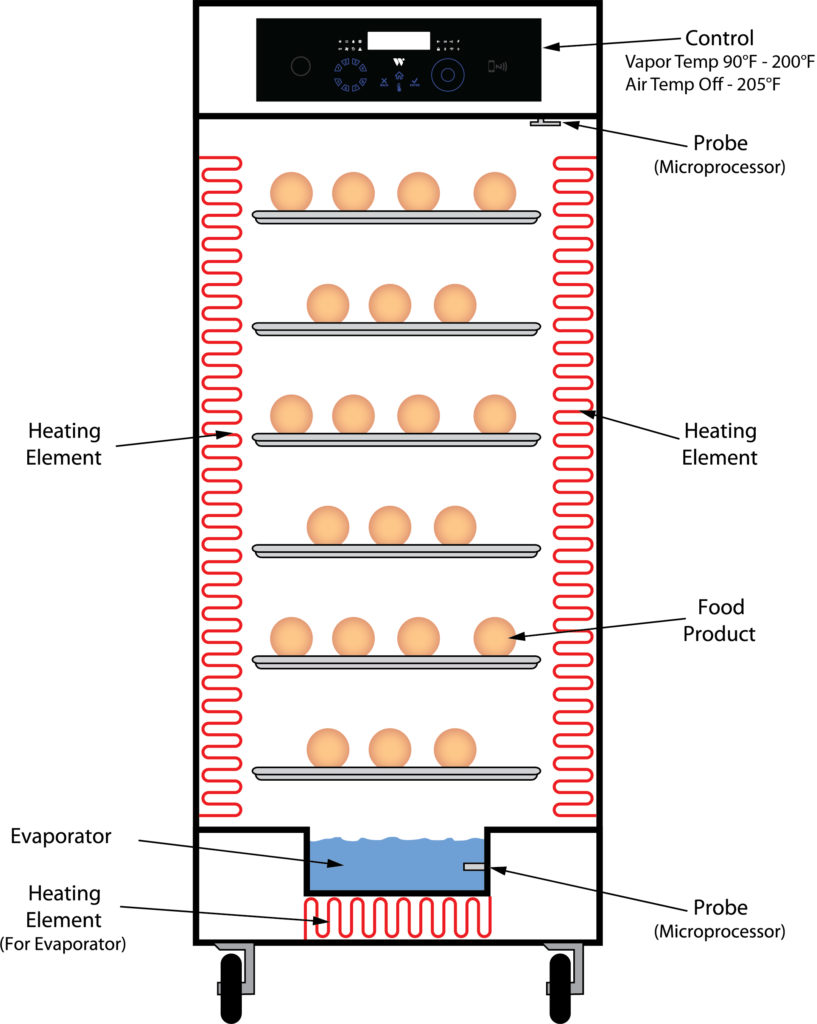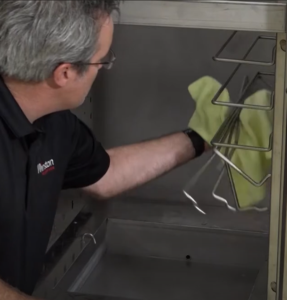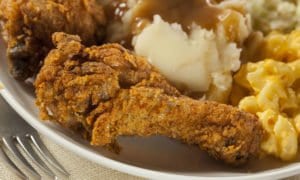Obviously, there are lots of holding cabinets (warming cabinets). Naturally, you might think they’re pretty much the same. However, they are quite different.
In fact, there are three basic holding cabinet categories: dry, passive humidified, and humidified. First, let’s compare the different types.
Dry Cabinets
Indeed, dry cabinets are simple metal boxes with heating elements. Notably, they’re sometimes called “hot boxes.” After all, they’re the most basic cabinet type. Undoubtedly, they’re the bottom tier of holding cabinets.
Dry Cabinet Advantages
- In general, food holds in a hot dry atmosphere. For this reason, it’s ideal for quick service during busy periods.
- Notably, minimal cleaning is required.
- Simple operation.
- Lower cost than more advanced cabinets.

Dry Cabinet Disadvantages
- Critically, the dry atmosphere decreases hold times. Furthermore, moisture evaporates from food, decreasing food quality.
- Naturally, heat rises. Consequently, this causes temperature fluctuations.
- Additionally, dry cabinets utilize a thermostat. These require regular calibration. Critically, thermostats are only accurate within 10˚F.
- To clarify, food temperature is not controlled precisely.
- Clearly, food quality is not the primary focus.
Passive Humidified Holding Cabinets
Notably, passive cabinets feature an interior water bath. However, the water temperature is not directly controlled. Consequently, the water vapor only indirectly affects food quality.
Passive Humidified Holding Cabinet Advantages
- Significantly, food holds in a hot, humid atmosphere. To be sure, this facilitates quick service during busy periods.
- All in all, increased humidity provides better hold time than dry cabinets.
- Lower cost than some more advanced cabinets.
- Indeed, provides better yields than dry cabinets.
- Simple operation.

Passive Humidified Holding Cabinet Disadvantages:
- Significantly, small water bath limits humidity.
- Water is not heated separately. Consequently, this causes poor food temperature control.
- Significant hot and cold zones.
- Notably, most passive cabinets utilize a thermostat. These require calibration. Critically, thermostats are only accurate within 10˚F.
Humidified Holding Cabinets
Notably, humidified cabinets feature large water reservoirs. Critically, the reservoir heats directly, not passively.
Humidified Holding Cabinet Advantages
- Certainly, food holds hot. Indeed, facilitates quick service during busy periods.
- Heated reservoir is adjustable. Consequently, it provides better control over food quality.
- Importantly, provides extended hold times.
- In general, fenerates good temperature stratification.
- Delivers better overall food quality than dry or passive cabinets.
- Increased yield.

Humidified Holding Cabinet Disadvantages
- Critically, water temperature may not be controlled precisely. Consequently, food temperature control is not exact.
- In general, humidity level is commonly adjusted by a 0-10 setting. Consequently, water temperature isn’t controlled precisely.
- Notably, insulated reservoirs can climb past the desired setting. In fact, this causes food temperatures to overshoot (in some cabinets).
- May utilize a thermostat. These require regular calibration and are only accurate within 10˚F.
- Surprisingly, settings are often determined by trial and error.
- Daily cleaning is recommended.
- Notably, the cost is higher than dry or passive humidified cabinets.
CVap® Holding Cabinets
Of course, CVap is the top dog. Since food is mostly water it behaves like water when heated. CVap controls food temperature via heated water vapor.
Does CVap Equipment Use Humidity?
Yes and no. In fact, a humid atmosphere alone isn’t enough to control food quality. To clarify, CVap controls both temperature and texture through a dual-heat system of moist and dry heat. Vapor heat controls food temperature. On the other hand, air heat controls food texture.
In contrast, other humidified cabinets employ humidity for texture control. But it doesn’t work. Critically, they attempt to affect food texture by decreasing the humidity level. However, this decreases food temperature and overall quality. CVap’s ability to control food quality truly sets it apart.
CVap Holding Cabinet Advantages
- Food holds at the desired temperature, for extended times. Perfect for service during busy or slow periods.
- The food temperature and texture are independently controlled.
- Eliminates hot and cold zones.
- Microprocessor eliminates calibration. It is accurate to within 2˚F.
- Offers the best overall food quality and longest holding times.
- CVap prevents food from drying out. It keeps food’s exterior as desired.
- Food remains above the temperature danger zone.
- Reduces food waste. This lowers food costs.

CVap Holding Cabinet Disadvantages
- CVap is simply the best. Consequently, the price is higher than some competitors.
- Some operators simply don’t need an extended hold.
- Looks similar to some humidified cabinets. This can cause confusion.
- Daily cleaning is recommended.
Relieving Pain Points
CVap Holding Cabinets resolve pain points.
- Ticket Times – Naturally, long ticket times mean fewer customers served. Critically, CVap reduces ticket times.
- Food Quality – CVap maintains food’s intended quality.
- Employee Skill – Under-skilled employees can mishandle food. This increases food costs. Consequently, this causes poor food quality, long ticket times, or an inability to serve high volumes. CVap simplifies operation, meaning staff operates with push-button simplicity. It reduces the labor needed to operate effectively.
- High Labor Costs – Many restaurants overstaff to assure operation. CVap reduces staff requirements. This lowers labor expenses.
- Food Safety/FDA Compliance – Many facilities utilize HACCP. CVap is particularly effective for HACCP temperature compliance. It records up to two years of data. Downloads are easy.





